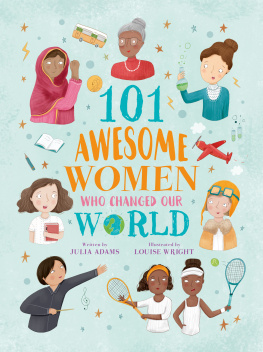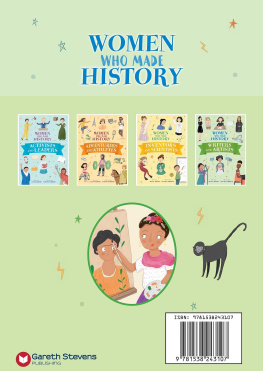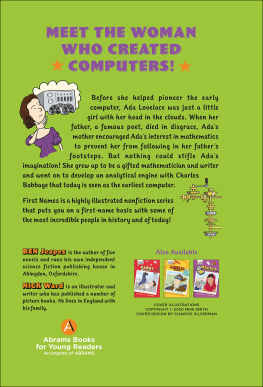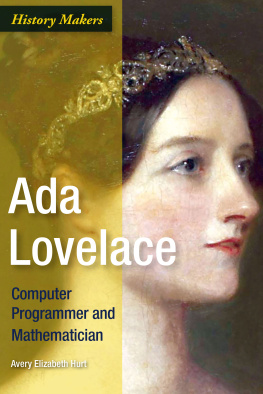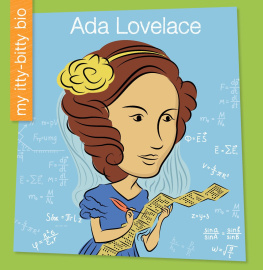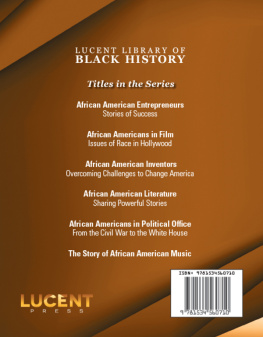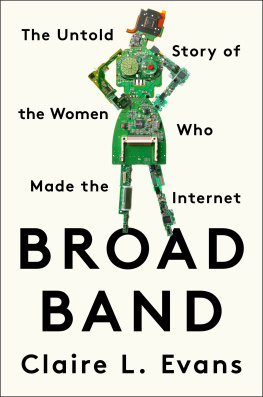

Rita Levi-Montalcini (page 12)
Please visit our website, www.garethstevens.com. For a free color catalog of all our high-quality books, call toll free 1-800-542-2595 or fax 1-877-542-2596.
Cataloging-in-Publication Data
Names: Adams, Julia. | Wright, Louise.
Title: Inventors and scientists / Julia Adams, illustrated by Louise Wright.
Description: New York: Gareth Stevens Publishing, 2020. | Series: Women who made history | Includes glossary and index.
Identifiers: ISBN 9781538243060 (pbk.) | ISBN 9781538243077 (library bound)
Subjects: LCSH: Women scientists--Biography--Juvenile literature.
Classification: LCC Q141.A33 2020 | DDC 509.252 B--dc23
First Edition
Published in 2020 by
Gareth Stevens Publishing
111 East 14th Street, Suite 349
New York, NY 10003
Copyright Arcturus Holdings Ltd, 2020
Author: Julia Adams
Illustrator: Louise Wright
Designer: Sally Bond
Editor: Susannah Bailey
All rights reserved. No part of this book may be reproduced in any form without permission in writing from the publisher, except by a reviewer.
Printed in the United States of America
CPSIA compliance information: Batch #CS19GS: For further information contact Gareth Stevens, New York, New York at 1-800-542-2595.
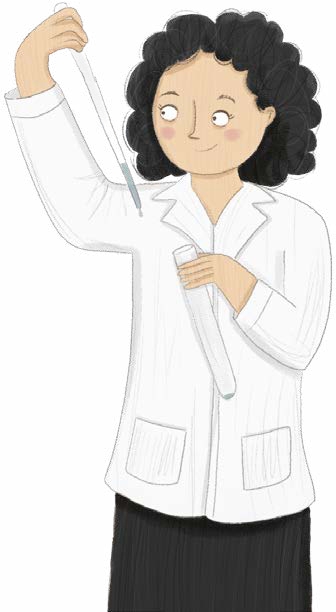
Gerty Cori (page 29)
CONTENTS

Sylvia Earle (page 30)
AWESOME WOMEN
The course of history is packed with stories of women overcoming odds, defying expectations, and shattering stereotypes. Yet, all too often, their contribution has been overlooked, underplayed, or just forgotten.
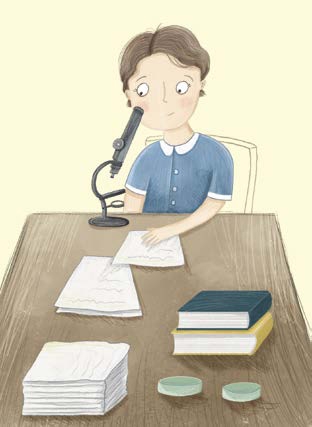
Rosalind Franklin (page 22)
Many cultures have believed (or still believe) that women do not need an education, cannot be trusted with leadership, are physically inferior, and are intellectually weak. Men have been privileged, and this means that they have been the worlds default decision-makers and history writers. Women, however, have been achieving greatness even when everything seemed against them.
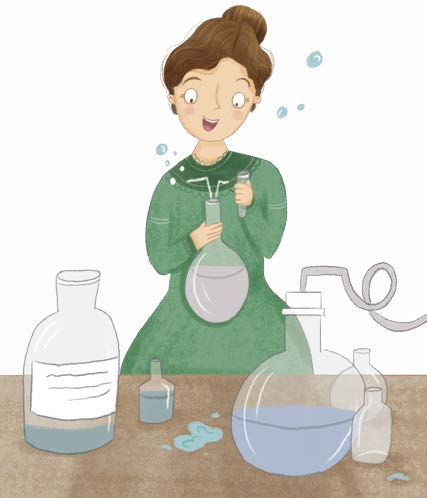
Marie Curie (page 26)
The scientists and inventors in this book are by no means the definitive list of female historymakers, nor are they perfect and without fault, but they are pioneers who stood out, made a difference, and proved without a doubt that they were just as capable as men. Their contributions, both to their field and as an inspiration to others, are worthy of celebration. And that is what this book aims to do.

Valentina Tereshkova (page 32)
INVENTORS AND SCIENTISTS
From biochemists and physicists to volcanologists, mathematicians, and engineers, women have been shaping the worlds of scientiic research and invention or centuries.

Nettie Stevens (page 13)
Even though they had fewer opportunities than men, many female scientists and inventors have reached the top of their fields. Some had to leave their home countrieseither to escape political persecution or to access schooling, research, money, or jobsand many were not given recognition for their achievements.

Wang Zhenyi (page 35)
All of them had to deal with the mistaken and damaging idea that men were more gifted than women at science and technology. In this book, we meet some of the incredible women who refused to accept outdated, sexist notions and were willing to tackle prejudice head-on. Their achievements include numerous scientific breakthroughs and discoveries, as well as the invention of technologies that were far ahead of their time.
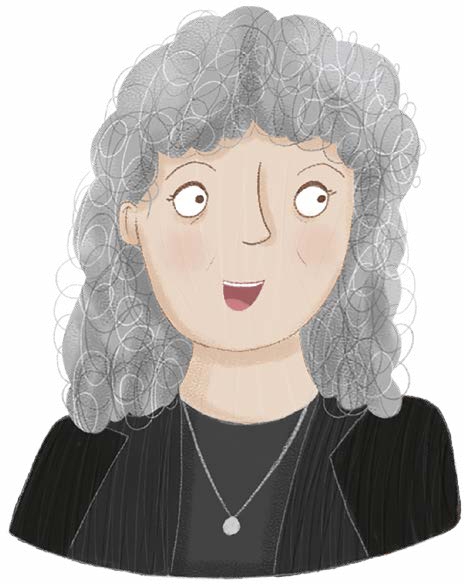
Ada Yonath (page 37)
Working to the very best of their abilities, these women have shone in their chosen areas. They didnt always receive the same recognition as their male equals, but their monumental contributions to science and technology have helped to improve the lives of us all and to move humankind forward.
MAKING HISTORY
Although we seem to commemorate many skilled male inventors, there are many women worthy of our praise, too! It is worth remembering that most of these women fought hard to work in industries and systems that were dominated by men. They show perseverance, strength, and patience!
FRANOISE BARR-SINOUSSI
(b.1947)

F rancoise Barre-Sinoussi grew up in France. She enjoyed science at school and was curious about animals. During vacations, she would watch them with interest, looking at how they behaved and how they were different from each other.
She decided to study science and had a part-time job in a research laboratory. She was soon working full-time at the Pasteur Institute, and began looking at retroviruses.
In 1983, Francoise was part of the team that discovered HIV, the virus that causes AIDS. She traveled to many countries in her research. Thanks to her work, treatment for AIDS sufferers has improved dramatically. Francoise was awarded the Nobel Prize for her work in 2008.
MARIA SIBYLLA MERIAN (16471717)

M aria Sibylla Merian was born in Germany, to a Swiss family. Her stepfather was a well-known painter and encouraged her to start painting.
While she was growing up, Frankfurt was a center for the silk trade. Maria began raising silkworms and collecting other insects. From this point on, she collected and drew specimens, studying their life cycles and behavior.
Maria continued to draw and published three collections of engravings. One of these collections showed the exact process of the transformation of a caterpillar into a butterfly. She moved to Amsterdam and from there traveled to Surinam, at a time when such trips were usually made only by men. She studied the insect life of Surinam, and published the first book about the natural history of the country.
Through her life, Maria made detailed paintings of the life cycles of nearly 200 insects. Her work was the first proper investigation into the process of metamorphosis (transformation), and her method of classifying butterflies and moths is still used today.
Next page

